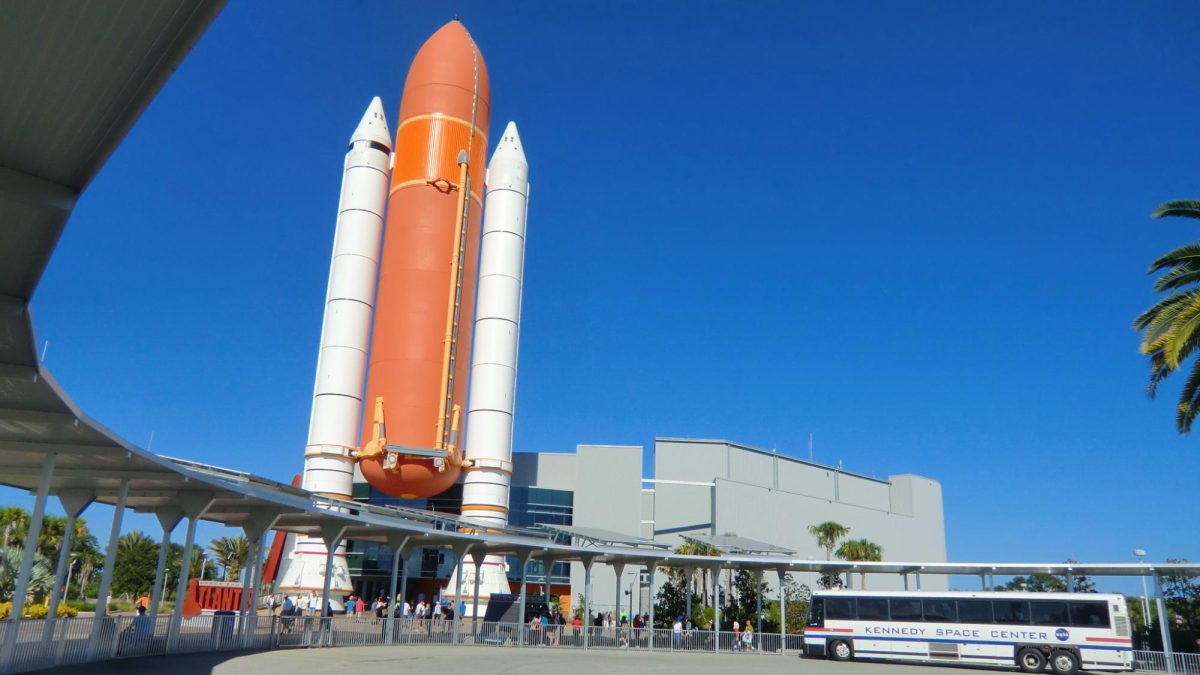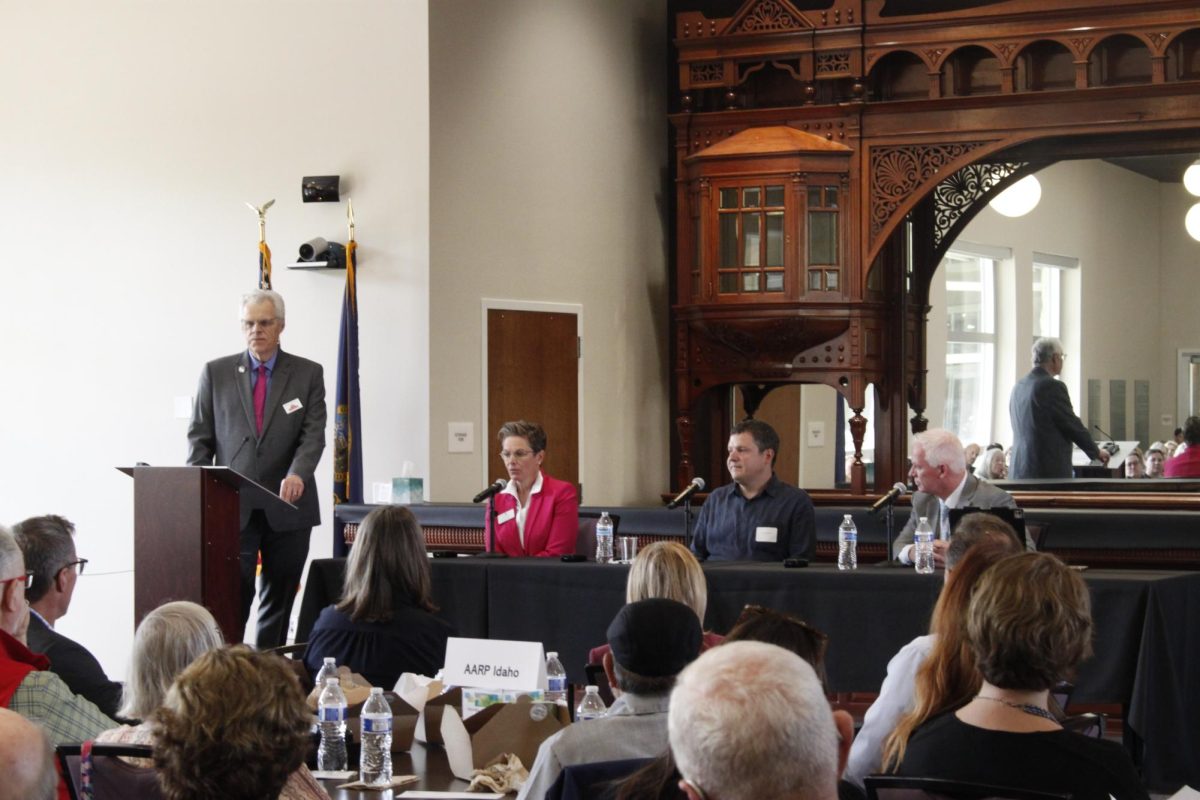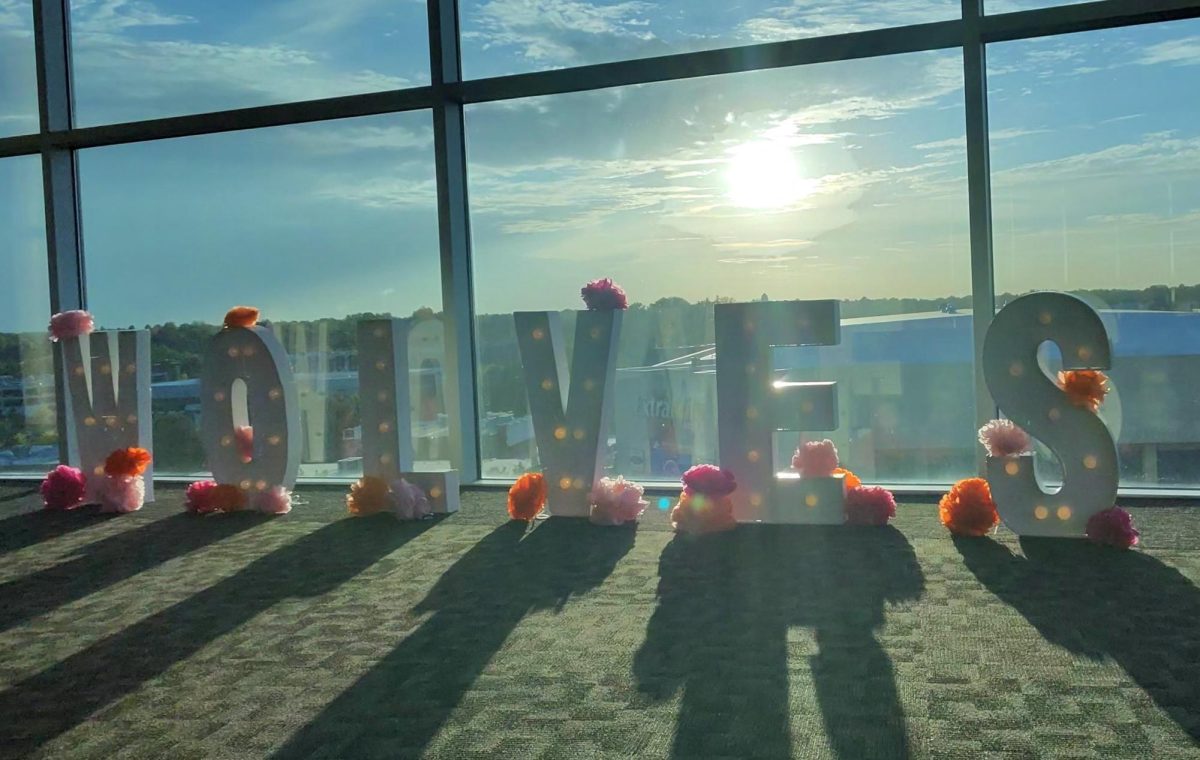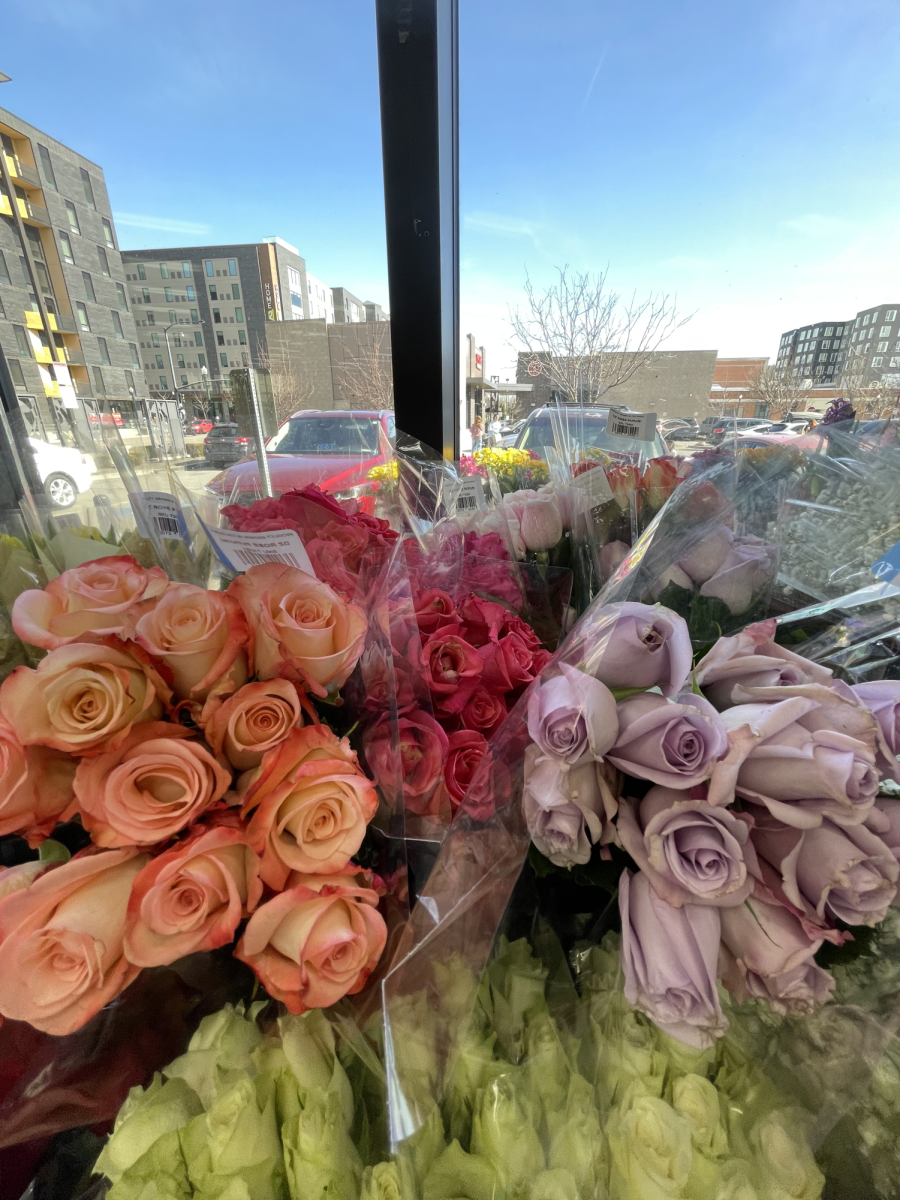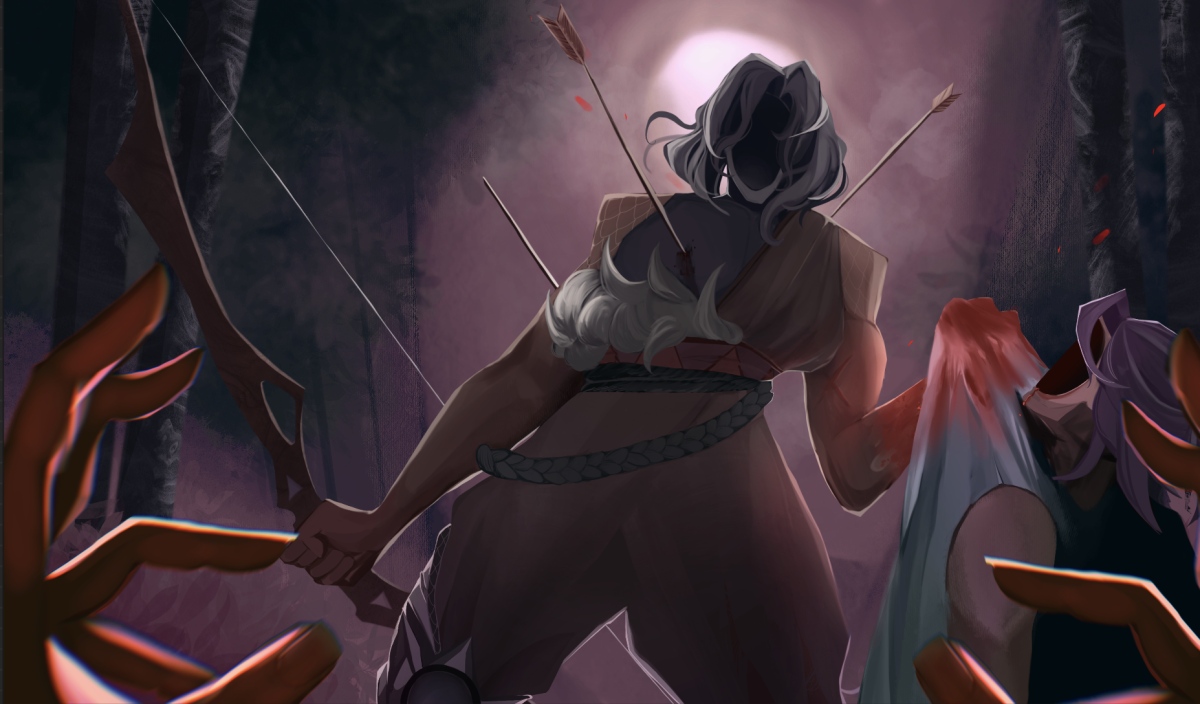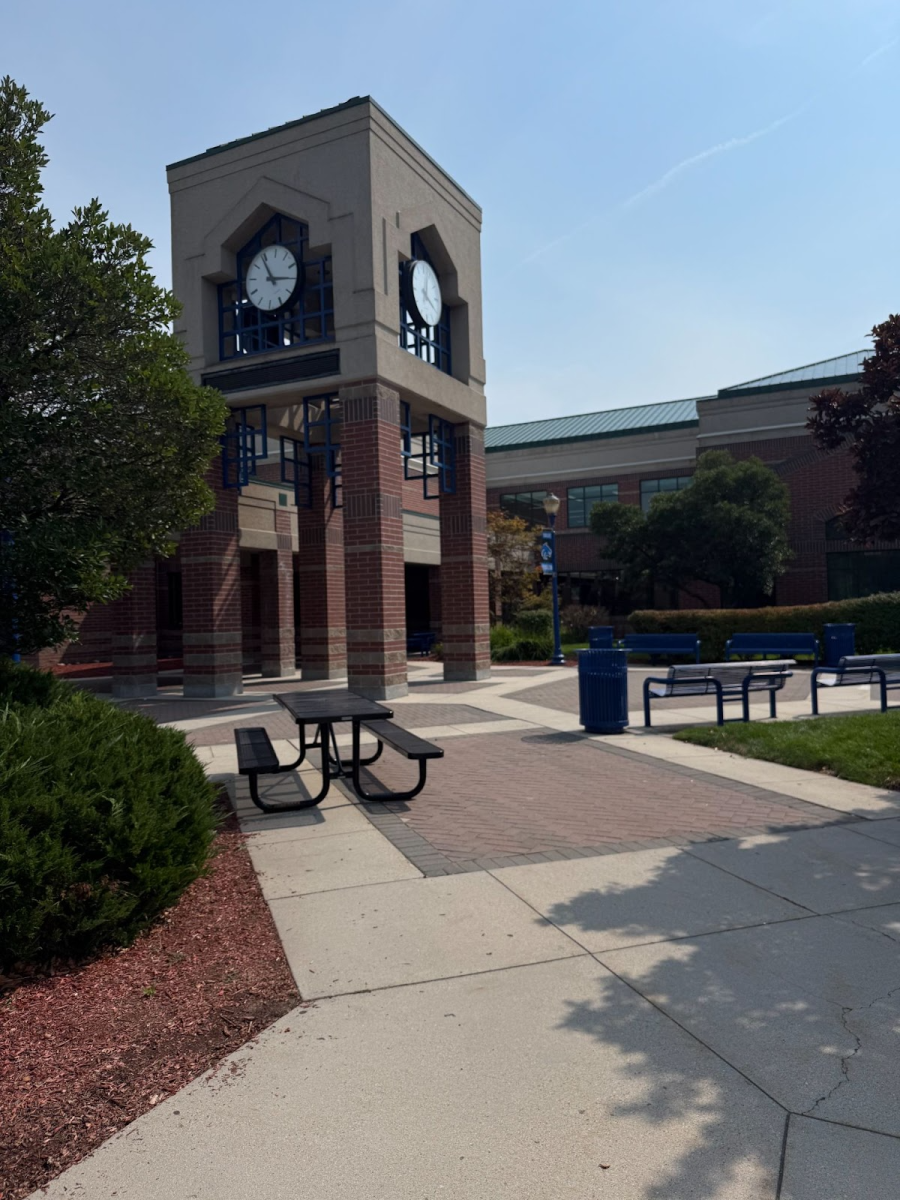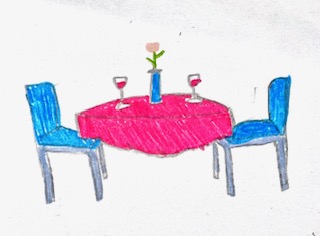
Did you know that certain regions of the world, known as “Blue Zones” have a remarkable mass of long living humans? These zones, which include places like Okinawa in Japan and Sardinia in Italy, reveal specific dietary habits that contribute to their inhabitants’ remarkable life spans. But what exactly is the Blue Zone lifestyle, and how can we incorporate its principles into our lives?
The Blue Zone lifestyle isn’t specifically a meal plan; it’s more of a manner of living. The lifestyle emphasizes whole, mostly plant-based foods. At its core are vegetables, fruits, whole grains, nuts, and legumes, which together form the foundation of meals in these longevity hotspots. For instance, a typical dish in Okinawa consists of sweet potatoes, leafy greens, and a variety of colorful vegetables, seasoned minimally with salt and sugar. This focus on nutrient-dense yet satisfying foods helps maintain a healthy body mass and prevent chronic diseases.
Studies show that people living in Blue Zones consume an average of 95% plant-based foods. According to the Blue Zones Project, diets rich in beans, lentils, and whole grains can lower the risk of heart disease and diabetes by up to 30%. An Okinawan elder once shared, “We eat to live, not live to eat,” emphasizing the though process, and purpose behind their food choices.
Moreover, the social aspect of eating in these regions is the main emphasize of this lifestyle. In Sardinia, meals are often shared with family and friends, reinforcing community bonds and culture through their eating habits. This communal dining experience contributes not only to mental well-being but also encourages slower eating, which helps the digestion of food. One Sardinian centenarian quipped, “In our village, we celebrate every meal like a festival.”
We can use imagery to create a vibrant picture of daily life in these Blue Zones: imagine sun-drenched vineyards in Sardinia, where families gather together to eat hearty bean stews, or the calming, beautiful waters of Okinawa, where the locals savor fresh fruits under the shade of palm trees. These moments highlight how deeply intertwined food is with culture, community, and longevity in these zones.
The Blue Zone lifestyle teaches us that the key to a long, healthy life goes beyond just what we eat—it’s about how we eat and the relationships we create around the dining table. By embracing plant-based foods, prioritizing social connections, and creating mindful eating practices, we can all draw inspiration from these remarkable cultures. As we go through our lives, maybe the most important lesson is that longevity isn’t simply a goal; it’s a way of living that celebrates simplicity, health, and community.

